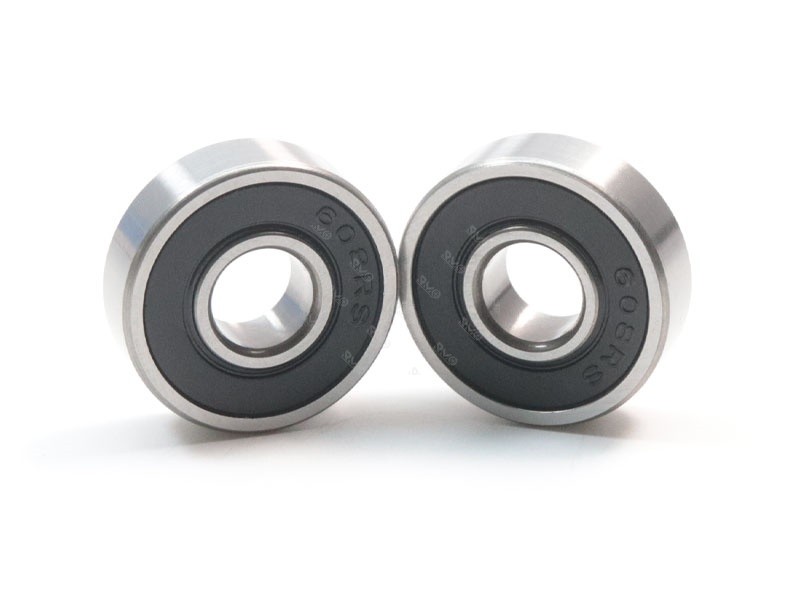Jun 16, 2025
When operating in high temperature environments, choosing the right bearing is crucial to ensure reliability, longevity, and safety. In industries such as steel, glass, and automotive manufacturing, bearings are often exposed to elevated temperatures that can degrade materials, affect lubrication, and ultimately cause premature failure.
Why Standard Bearings Fail in High Temperatures
Most standard bearings are designed to operate efficiently at ambient or moderately elevated temperatures. When exposed to excessive heat, these bearings may suffer from:
Lubricant breakdown, leading to increased friction and wear
Loss of hardness in the bearing material
Dimensional instability due to thermal expansion
Premature fatigue and cracking
These issues not only lead to unexpected downtime but also increase maintenance costs and risk safety hazards.
Key Factors in High Temperature Bearing Selection
When choosing a bearing for high temperature applications, the following factors should be carefully considered:
1. Material Composition
Materials like chrome steel may lose their hardness at elevated temperatures. Alternatives such as ceramic bearings, stainless steel, or high-speed tool steels are better suited for high heat conditions. Hybrid bearings, which combine ceramic balls with steel races, are also popular for their heat resistance and durability.
2. Lubrication
Proper lubrication is vital. Standard greases may not withstand high temperatures, so opt for high temperature lubricants like solid lubricants, dry film coatings, or perfluoropolyether (PFPE) oils.
3. Bearing Clearance
Thermal expansion can alter bearing dimensions. Selecting increased radial clearance allows the bearing to accommodate expansion without seizing.
4. Sealing and Shielding
Heat-resistant seals and shields protect the bearing from contamination and help retain lubricants, even under thermal stress.
5. Load and Speed Ratings
Evaluate the bearing load capacity and rotational speed under elevated temperatures. High temperatures can reduce the dynamic load rating, so select a bearing with an adequate safety margin.
Types of High Temperature Bearings
There are various types of bearings specifically designed for high heat environments:
Deep groove ball bearings: Available with heat-stabilized rings and high temp lubricants.
Thrust bearings: For axial loads, often used in furnaces and kilns.
Needle bearings: Compact and suitable for oscillating motions at high temps.
Spherical roller bearings: Accommodate misalignment and thermal expansion.
Applications that Require High Temperature Bearings
Steel mills
Glass manufacturing
Automotive exhaust systems
Industrial ovens and dryers
Aerospace and defense equipment
Maintenance Tips for High Temperature Bearings
1. Monitor temperature fluctuations regularly.
2. Use temperature-resistant mounting tools.
3. Re-lubricate based on actual operating conditions.
4. Inspect for signs of discoloration, wear, or noise.
5. Store bearings in a clean, dry, and temperature-controlled environment.
Selecting the right bearing for high temperature conditions requires more than just checking size and load specs. By factoring in material, lubrication, clearance, and sealing, you can ensure performance, safety, and cost-efficiency. Whether you’re operating in a smelting plant or running high-speed machinery, the right high temperature bearing makes all the difference.
Let us help you select the best bearing for your high temperature application. RMO has over 20 years of experience in the bearing field. Our products are CE and RoHS certified. Contact our technical team for customized support.
Read More
